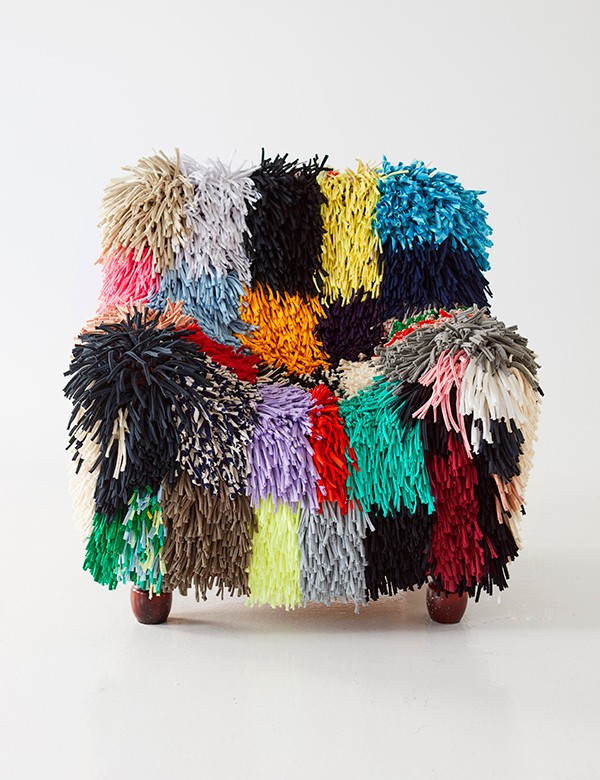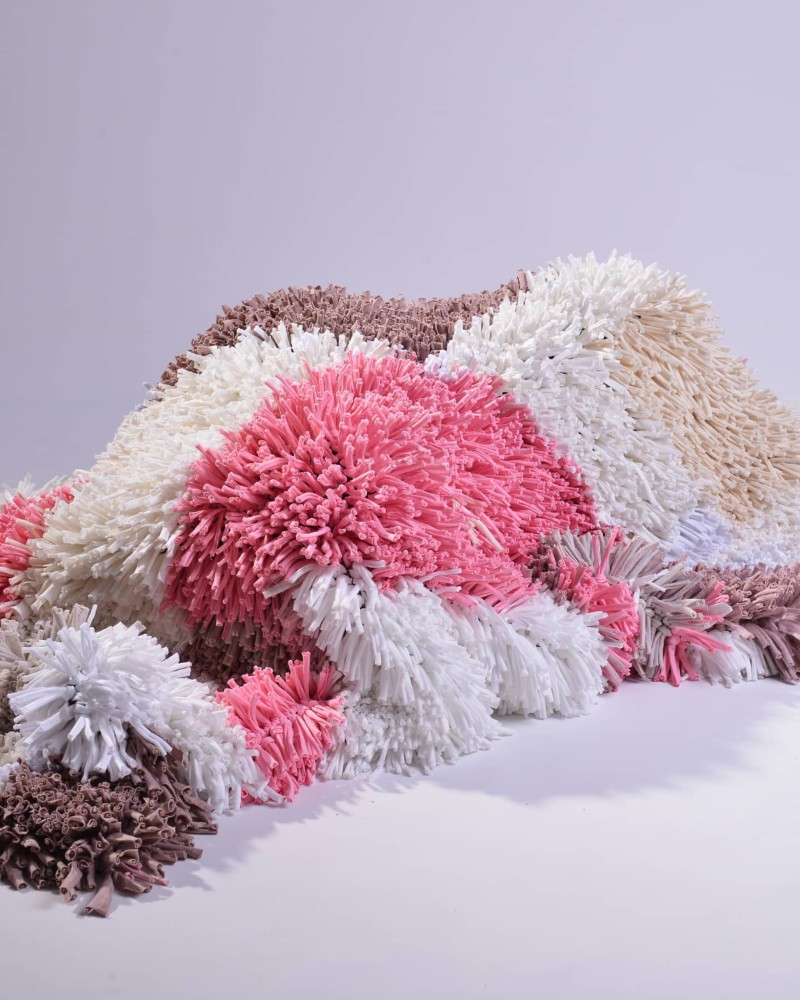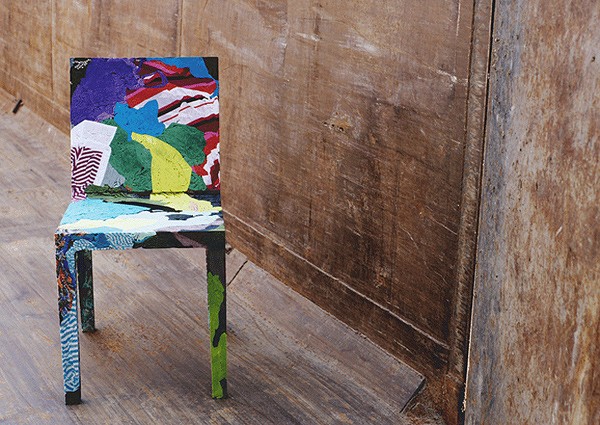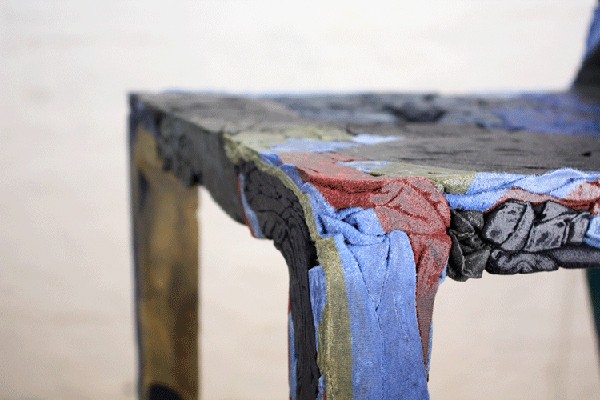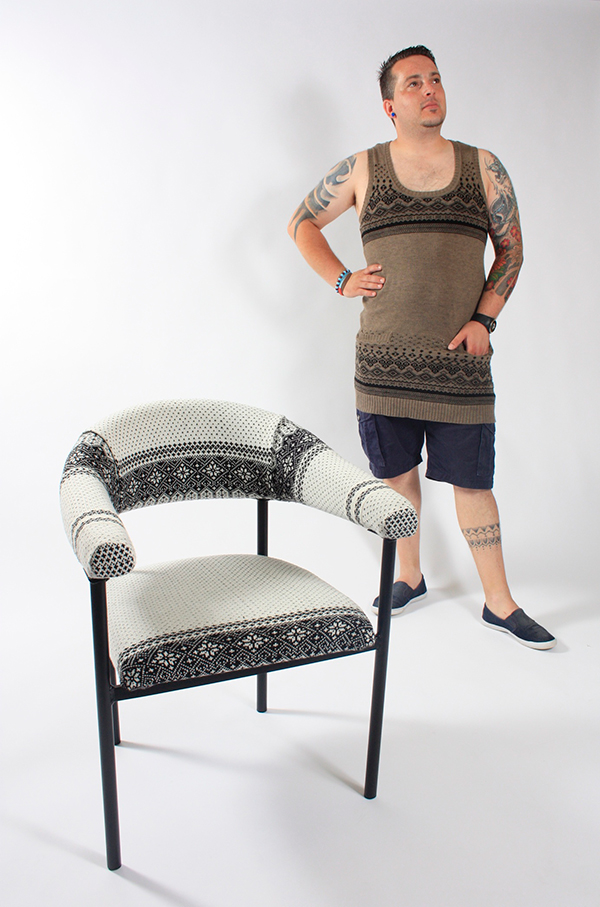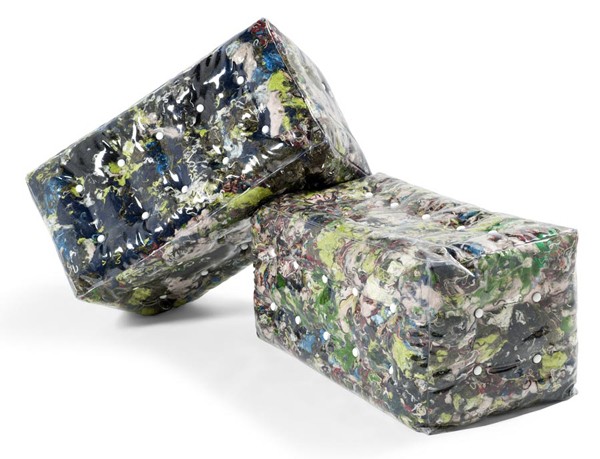The rate at which we produce and throw away clothes is leading to inconceivable amounts of textile waste. You might imagine that any clothes the charity shops are unable to sell will simple be turned into recycled textiles. According to the 2017 report by Pulse of the Fashion Industry, only 20% of discarded clothing actually gets reused or recycled. A huge majority ends up in landfills or gets incinerated. The reports says that based on the current rate at which waste is being produced by the fashion industry – from garment manufacturing to end of life – in 2030 alone, 148 million tonnes of solid waste will be produced.
To try and get a sense of this amount, that means that in one year, minus the 20% that gets reused, we’ll produce the equivalent of 9.4 million London buses of waste. Visualise that even further… If each bus covers 28.3 square metres, that’s the equivalent of covering 102 square miles (the size of the city of Edinburgh) in bus high fabric mountains. In ONE YEAR. As if plastic pollution wasn’t worrying enough…
All I can think is, whoever works out how to turn all that waste into carpets, bricks, roads or something else the world really needs, is going to be very rich indeed. Feeling inspired? Start by taking a look at these designers, who have found creative ways to transform recycled textiles into covetable homeware.
▲▲▲
Chair covers made from surplus textile
I can only imagine that sitting in this chair is like having a big hug from Sesame Street’s Mr. Snuffleupagus. The hairy chair cover is by a Finnish company called Ragmate who make use of surplus waste from the textile industry in Turkey, whilst employing Syrian refugee women who live there to make them.
The project started with a successful Indiegogo campaign called Ragamuf. They made a series of chair rug covers which because of their stretch, were able to fit a number of dining chair or armchair styles. They now offer a large range of one-of-a-kind designs, with no two rugs the same.
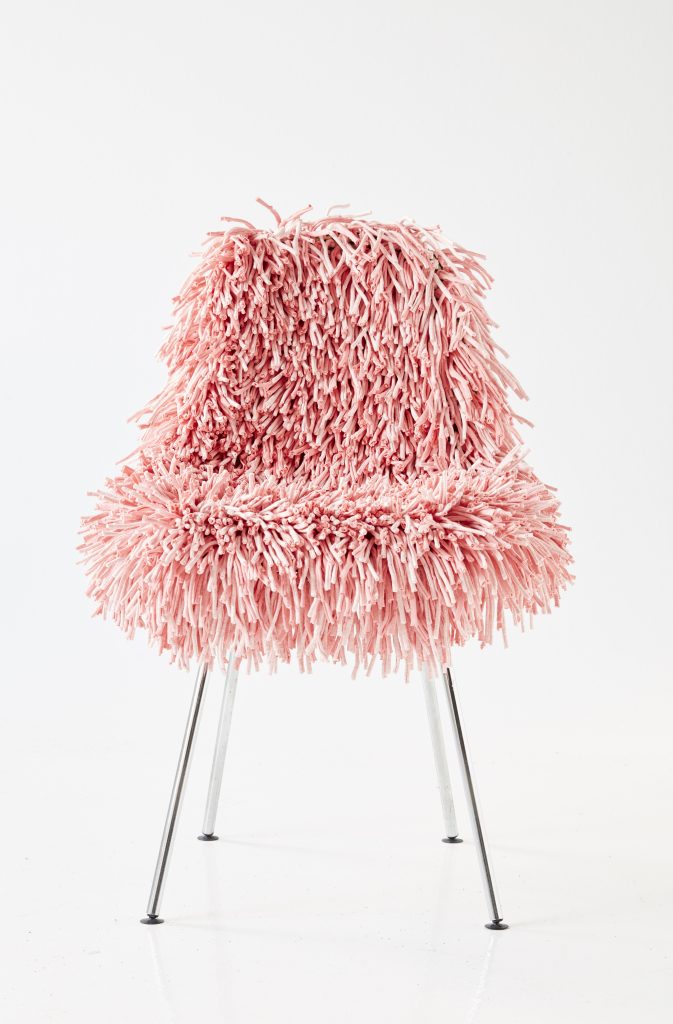
▲▲▲
Quilts made from recycled denim
One of the more traditional applications for recycled textiles is quilting. Maura Grace Ambrose is a contemporary quilter based in Austin, Texas. This is the Arkansas Quilt, #4 in her ’50 American States Series’. The design is inspired by Arkansas’ split topography of highlands in the northwest and lowlands in the southeast. It’s made from repurposed denim fabrics and on the backside is a whole cloth of striped vintage mattress ticking. Here is her tutorial on how to make your own quilt from denim offcuts on Mollie Makes. See more of her quilts on Folk Fibers.
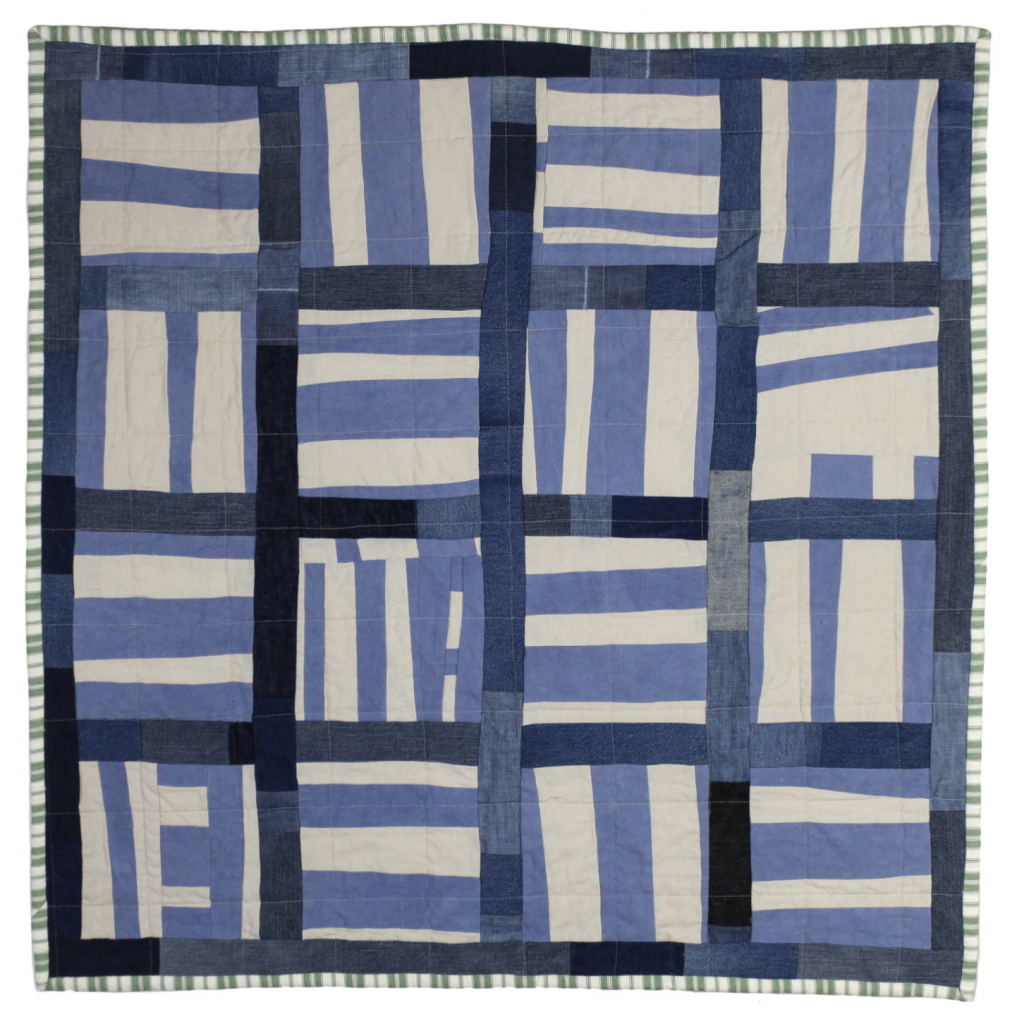
Stacey Sharman is a California-based textile artist who makes traditional and modern quilts from vintage and new fabrics. This quilt is called Basketweave and is made of linen, denim and cotton. Stacey also holds classes in DIY quilting. See more of her designs on her blog On the Design Wall. You can also purchase her quilting patterns on Etsy*
▲▲▲
Rugs made from second hand clothing
In 2012, Stockholm designers Katarina Brieditis and Katarina Evans set themselves the challenge of transforming old jumpers and t-shirts from the Salvation Army into beautiful rag rugs. The project ‘Re Rag Rug‘ involved producing one rug design from recycled textiles per month for a year, using various knitting, sewing and crocheting techniques. Kasuri pictured above has now gone into production, in collaboration with artisans in India.
The Confetti rug is made from tiny triangles of waste fabric stitched together. This year they collaborated with Muji on a stunning installation in Tokyo called Handscape made from Muji’s fabric scraps.
▲▲▲
Crochet homeware made from recycled t-shirts
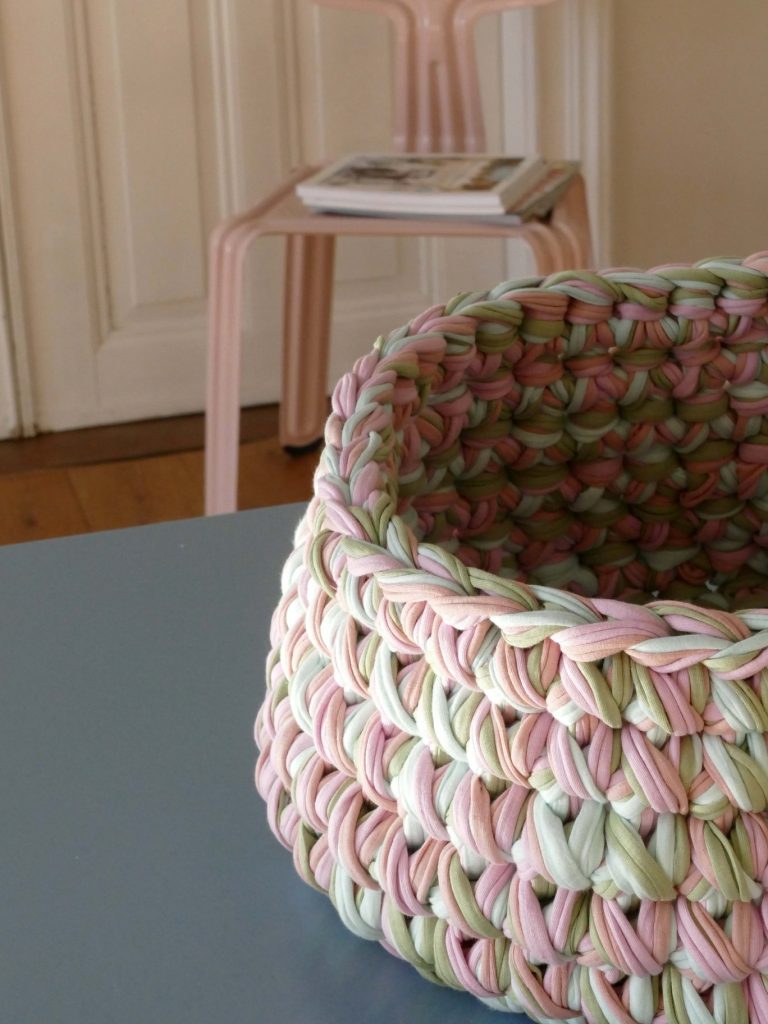
Lumikello is a German brand by Eva Kaiser who creates stylish textiles for the home. Rugs and cushions come in tempting candy colour combinations and are crocheted by a small team using discarded t-shirts, night gowns and sheets that are unfit for use.
The cushions are highly durable and the mini pillows can even be washed in the washing machine. Lumikello also run workshops teaching you how to make your own.
▲▲▲
Accessories made from recycled marine rope

Serpent Sea was founded by New Yorker Sophie Aschauer in 2011. After a sailing trip to Nantucket, she began to make colourful mats out of recycled marine rope. Using ropes that showed no signs of wear, she weaves the mats using four kinds of knot called Bonny, Drake, Morgan and Killigrew which are named after infamous 17th-century pirates. In addition to floor mats, she creates jewellery and accessories using the same technique, with each piece named after a sea nymph from Greek mythology.
▲▲▲
Furniture made from upcycled clothes and resin
The Rememberme project by German designer Tobias Juretzek involves a process of dipping around 13lbs worth of discarded clothes into resin and compressing them into a mould. The result is a sturdy chair with smooth edges in a myriad of colour options. The collection, which also includes a Rememberme table, is inspired by the memories associated with clothing and preserving things we wear during significant life events.
“Rememberme Chair wants to achieve more than pure functionality. Instead of being a dumb servant, it tells an individual story. Every chair is unique through its material and gets its own expression. The characteristics of the clothes thereby convert to a language. Clothes carry numerous adventures and stories. The chair transports these to a new expression. This illustrative exposition invites the spectator to exciting stories.”
Tobias Juretzek
The Rememberme chair and table are available to buy from Made in Design*
▲▲▲
Chairs upholstered with jumpers
Based in the rural idyll of Shropshire, The Chairhouse have upcycled otherwise discarded chairs with vintage pure wool jumpers to create the Ganzie. The Ganzie is defined by the Urban Dictionary as “Shetland dialect for a heavy woollen jumper or allover”. Jumpers are sourced for their quality and personality and chairs are produced in small batch runs.
▲▲▲
Lighting made from socks
The socks used in Jay Watson‘s initial design for Sock Lights were sourced from the back of his own wardrobe. They have been treated with eco resin, derived from sunflowers and LED lights illuminate the ridges, colours and patterns in the textile. Other items in his portfolio include a table made from old Corian samples and seating made from woven newspaper.
▲▲▲
Seats stuffed with recycled textile shreds
This is a project from 2011 by Belgian design studio Atelier Belge. ‘Plof’ was designed as a solution for various types of production waste. The furniture bench is made from recycled textile leftovers which are shredded down and upholstered with PE foil. Several knots are added for comfort which also creates a tailored look. The result is an eye catching and colourful patterned seat whereby the design can vary depending on the textiles used inside.
▲▲▲
This post contains affiliate links marked with a *
Thanks for supporting Upcyclist.co.uk


